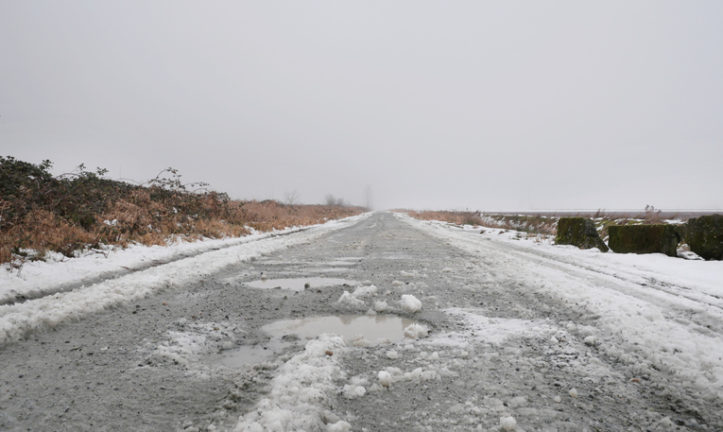
Addressing Severe Winter Weather Road Conditions and Ensuring Safety
The community of Lake Oswego recently faced a severe winter storm that highlighted significant challenges in maintaining road safety amid extreme weather conditions. The aftermath of the storm, characterized by ice, strong winds, and subsequent damage, has brought to the forefront the critical importance of preparedness and resilience in urban infrastructure to ensure the safety of residents during such events.
In the wake of the storm, numerous trees were uprooted or severely damaged, leading to blocked roads and posing hazards to motorists and pedestrians alike. The situation was exacerbated by water main breaks and power outages, further complicating emergency and repair efforts. The extent of the damage underscored the necessity for effective emergency response strategies and the importance of clear communication channels between residents and local authorities.
Aaron Tieman, a resident of Lake Oswego, provided a personal account of the challenges faced by his neighborhood. The falling trees not only caused property damage but also highlighted potential risks to road users, with debris obstructing pathways and limiting access for emergency vehicles. Tieman’s experience emphasized the need for community awareness and cooperation in mitigating risks and ensuring the safety of all members, particularly during the clean-up and recovery phase.
The City of Lake Oswego‘s Public Works Department was thrust into continuous emergency response mode, tackling the immediate effects of the storm on the city’s infrastructure. Their efforts to clear fallen trees and address water and power issues were crucial in restoring access and safety to affected roads. This intensive response showcased the essential role of public works and emergency services in maintaining road safety and highlighted the challenges faced by such teams during back-to-back severe weather events.
Lake Oswego Fire Marshal Gert Zoutendijk referred to the storm as historical, indicating the unprecedented nature of the challenges it presented, including the impact on roadways. This reinforces the importance of road safety measures, such as timely maintenance, tree trimming, and the pre-storm securing of potential hazards, to mitigate the risks posed by severe weather.
As the community of Lake Oswego begins to recover and assess the full extent of the storm’s impact, the experiences shared by its residents and officials serve as a crucial reminder of the need for ongoing investment in infrastructure resilience and emergency preparedness. Ensuring the safety of roads during winter storms is paramount, requiring a coordinated effort from municipal services, emergency responders, and the community to effectively manage and mitigate the risks associated with such extreme weather events.
Severe weather can significantly impact trucking logistics and safety, highlighting the need for prepared truck drivers and emergency response plans tailored to winter storms. Truck accidents during such conditions often result from sliding on icy surfaces, reduced tire traction, or the inability to stop or maneuver effectively to avoid obstacles, including fallen debris or other vehicles. The aftermath of the storm in Lake Oswego serves as a reminder of the need for rigorous road maintenance, weather preparedness, and public awareness campaigns focused on winter driving safety to mitigate the risks associated with severe weather conditions.
In the wake of the severe winter storm in Lake Oswego, residents facing the aftermath of truck accidents caused by hazardous road conditions may find invaluable support from a Lake Oswego truck accident lawyer. These legal professionals specialize in navigating the complex landscape of accident claims, particularly those arising from the unique challenges posed by severe weather. A truck accident lawyer can offer critical assistance by investigating the accident, establishing liability, and negotiating with insurance companies to ensure victims receive fair compensation for damages and injuries. They understand the nuances of trucking regulations and the impact of weather on road safety, enabling them to advocate effectively for their clients. In situations where road conditions, negligence, or failure to adhere to safety protocols contribute to an accident, having a skilled lawyer can be pivotal in addressing the legal and financial repercussions. By leveraging their expertise, affected individuals can focus on recovery, knowing their rights are being protected and pursued by a knowledgeable legal advocate.


